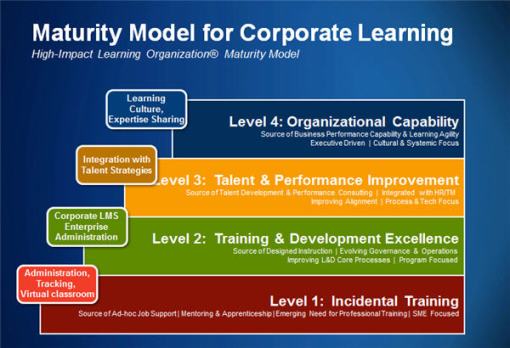
Source: http://joeplanner.blogspot.com/
For most of American history, the rhythms of everyday life served to facilitate intellectual cross-fertilization. From colonial villages to frontier towns, and from urban tenements to first-ring suburbs, American life was long centered uniquely on what Tocqueville and others termed “townships.” Yes, distinctions like race and ethnicity divided society, but while Europeans defined themselves by social class, Americans were much more focused on the neighbors who lived and worked nearby.
This article beautifully explains the negative impact social engineering, human nature, and the decline of civic institutions has had on innovation. In the past citizens were deeply involved in civic meetings, church, and community events. They focused less on finding personal satisfaction through family and friends. The author cites research that suggests the reverse is now true and it is undermining our collective ability to innovate. (Nota bene, the image used above is clearly of a European town square. I could find no equivalent for an American city.)
Using his hometown of Buffalo as an example, he implies that the effort to become a hub for life sciences (e.g., biotechnology and pharmaceuticals) has not yet fulfilled expectations. The reader is to infer that this could be explained by a lack of professional diversity, as is noted in the quote above.
Very few, if any, of us will ever influence a community the size of Buffalo. However, we all affect our work community. When compiling work teams, look for contributors from non-obvious or seemingly unrelated departments. Create opportunities for employees to interact informally. The author notes that “many firms allow researchers to spend a portion of their time exploring topics beyond the projects at hand.” If the past is precedent, innovation will follow.
I’ll close this post with another example from the author.
Detroit, for example, didn’t become the global motor-vehicle mecca by design. Rather, random interactions among engine designers, ship builders, and carriage manufacturers at the turn of the twentieth century created a mashup of ideas on the shores of the Detroit River, and from that intellectual ferment emerged the mass production of automobiles.


